From the high desert to the low desert, California’s deserts have a number of unique, weird, and isolated locations. Some of these locations range from the known, the unknown, and everything in between. One of the more obscure locations, Corn Springs, is located a short drive from the Interstate 10 in Southern California. Although Corn Springs is not well known in the hiking, camping, or exploration community, it is an interesting spot with a number of outdoor opportunities.
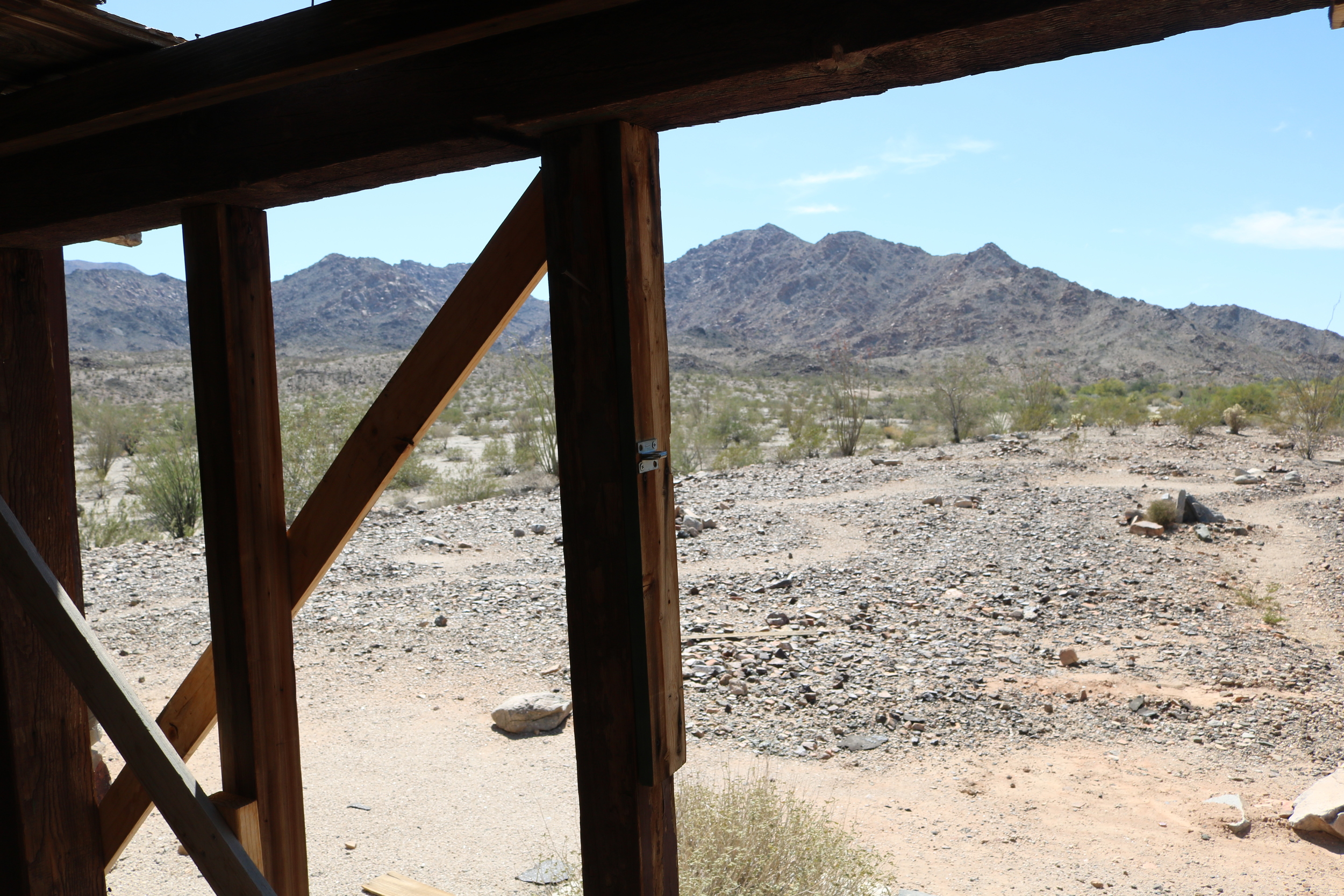
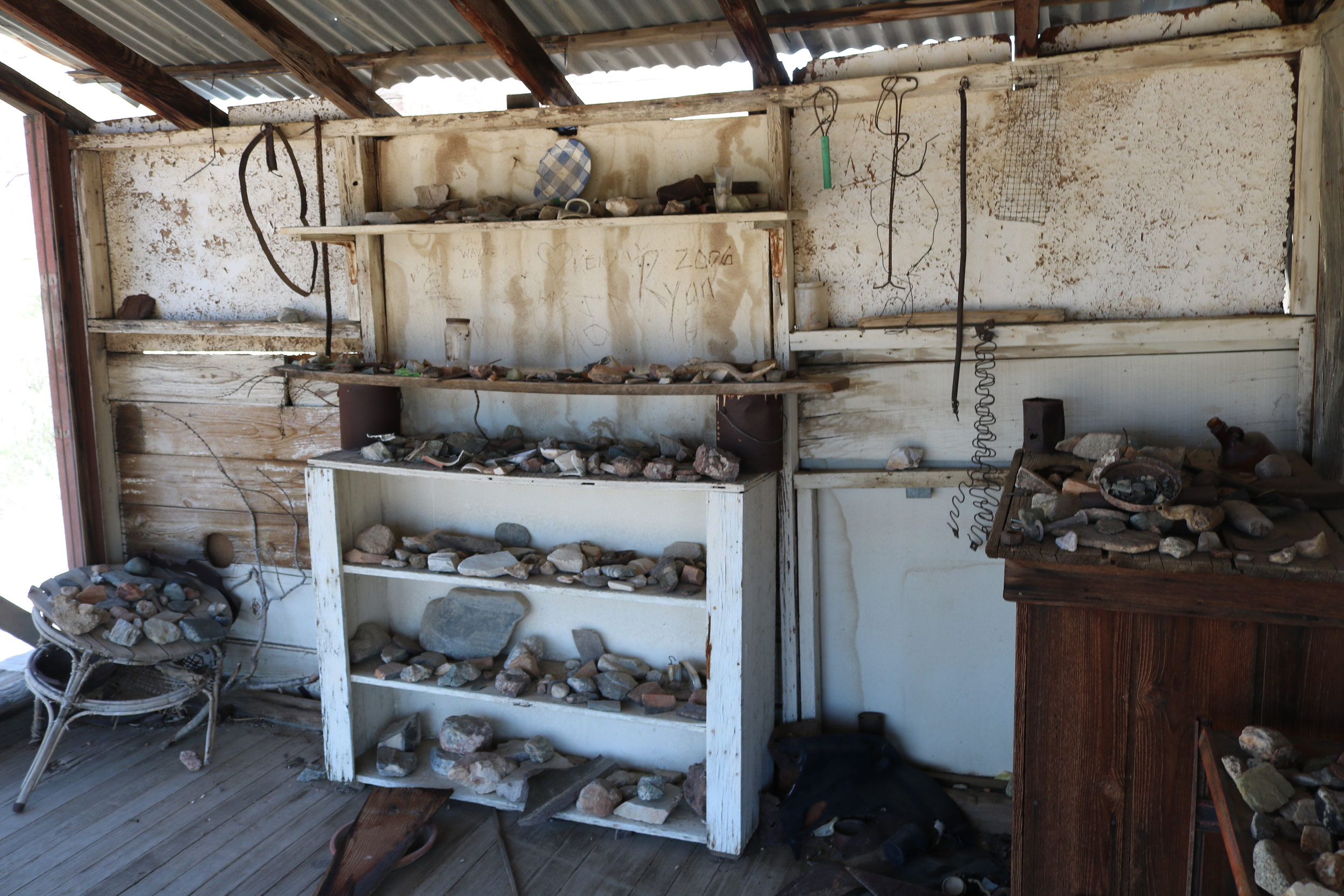
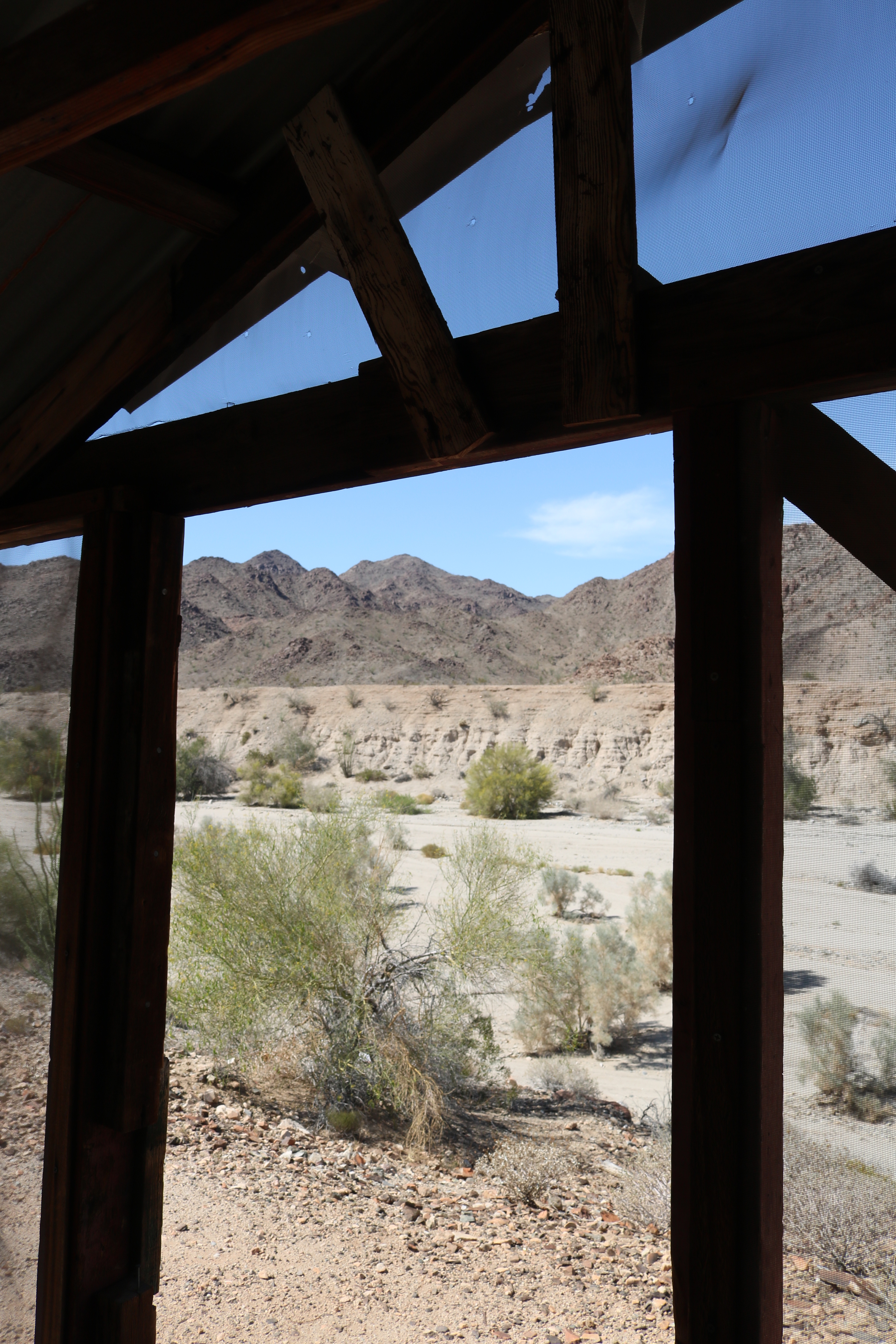
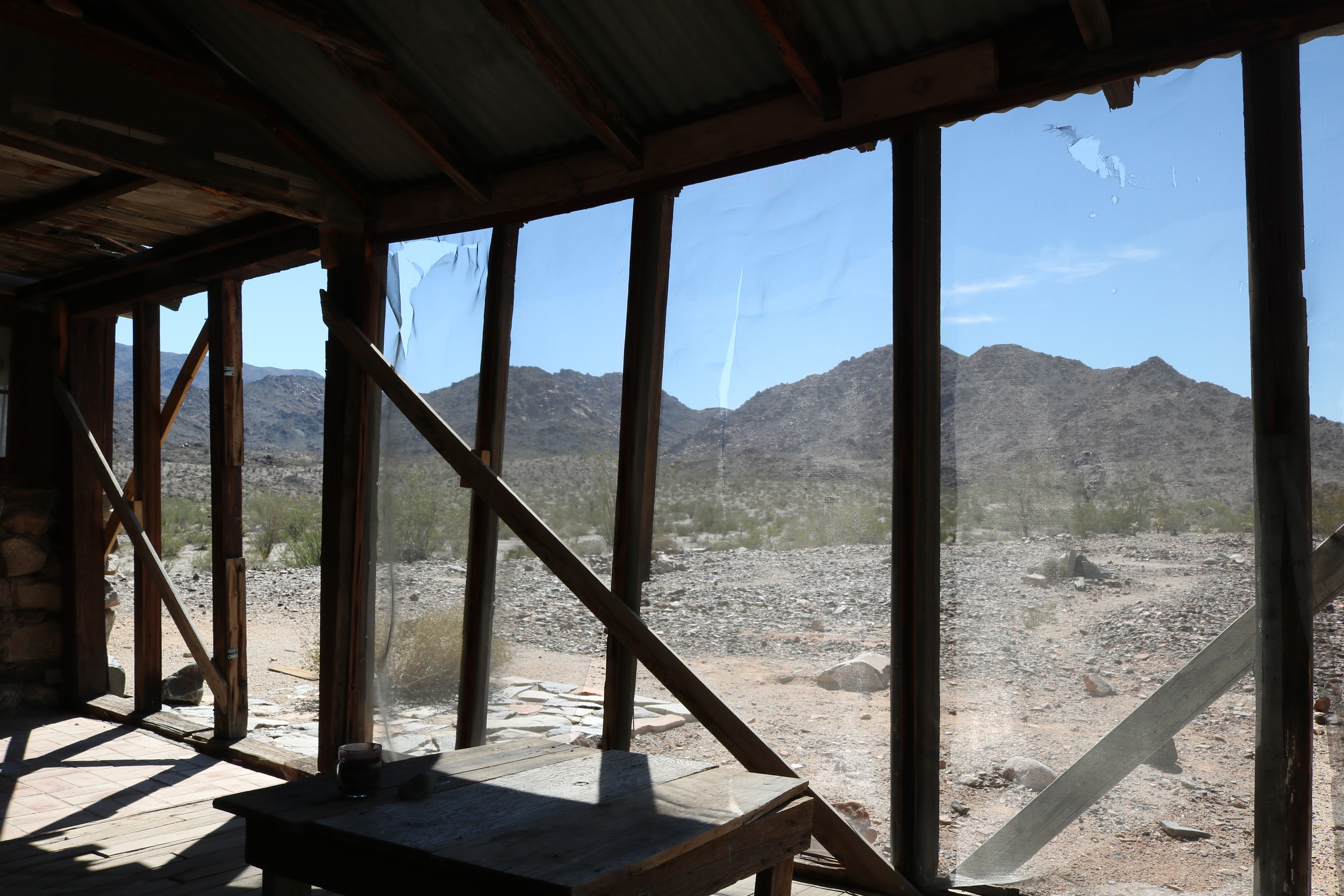
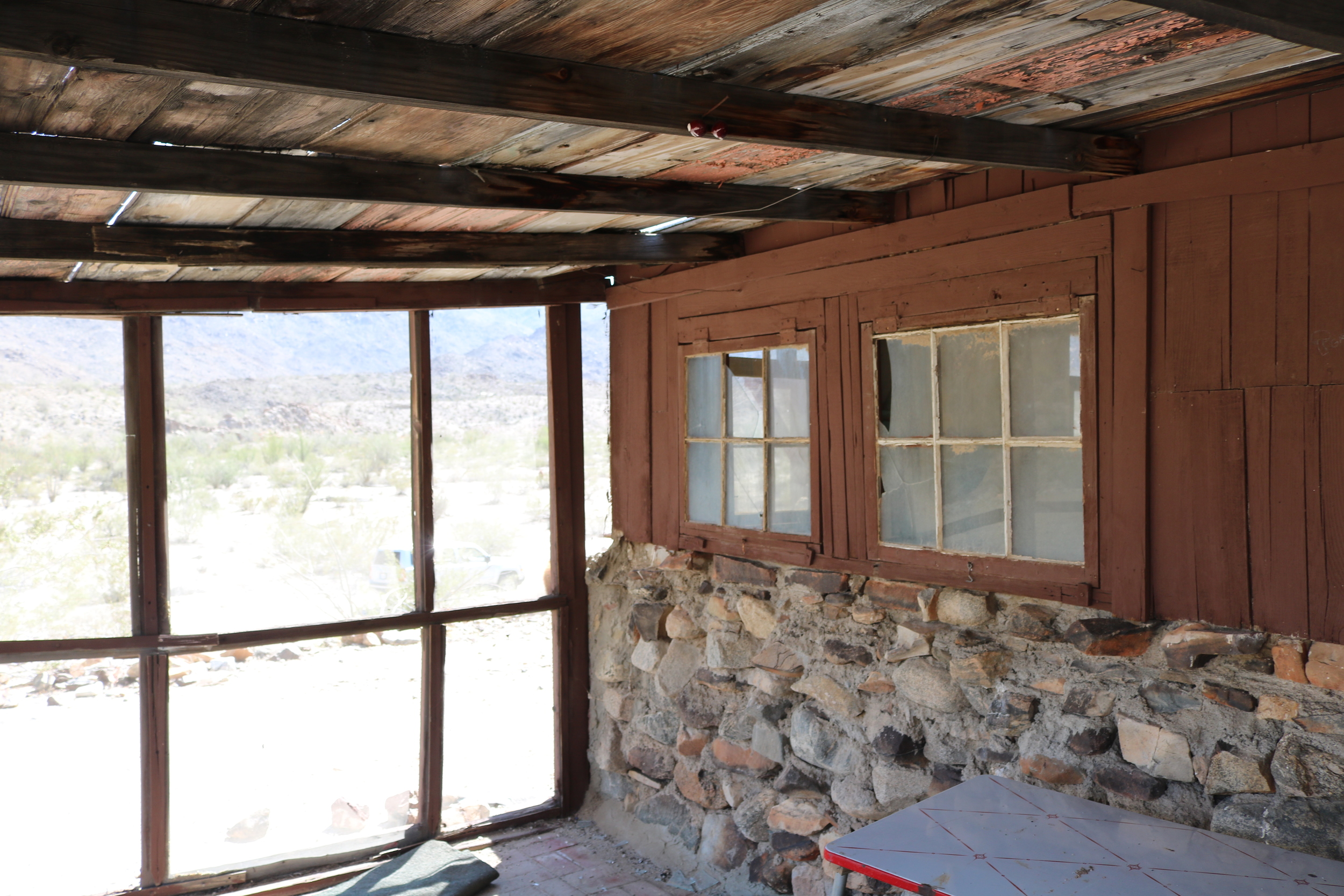


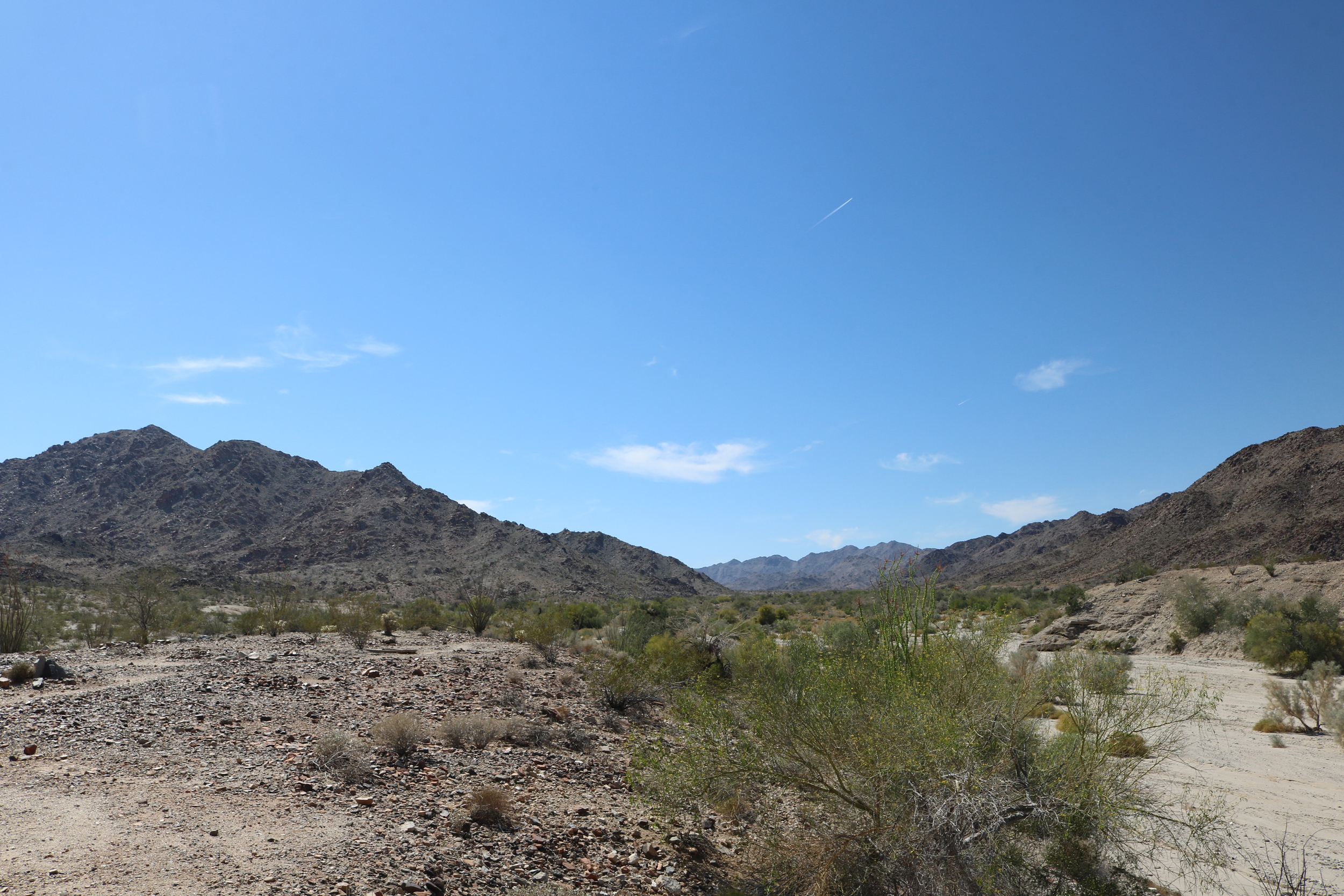
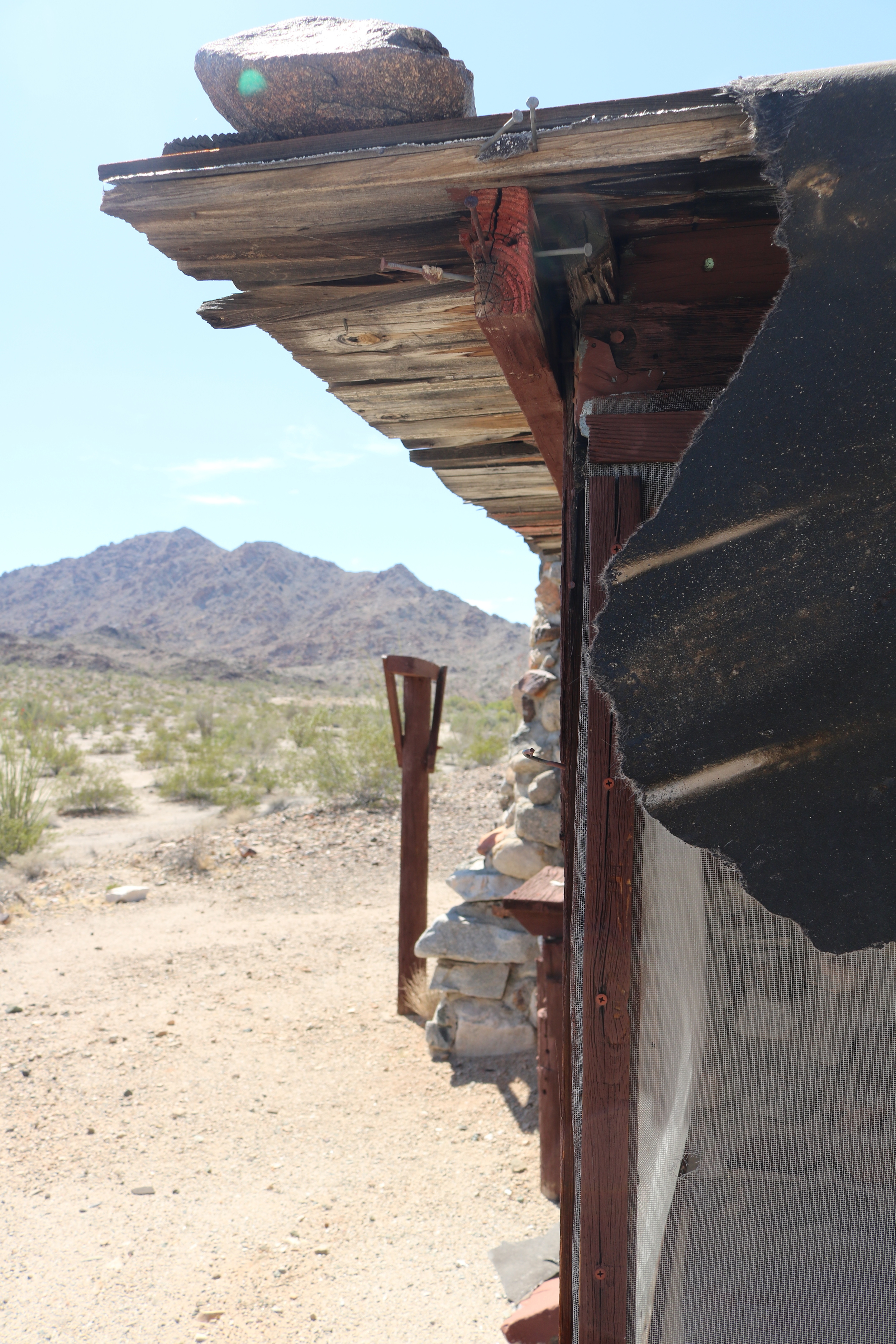

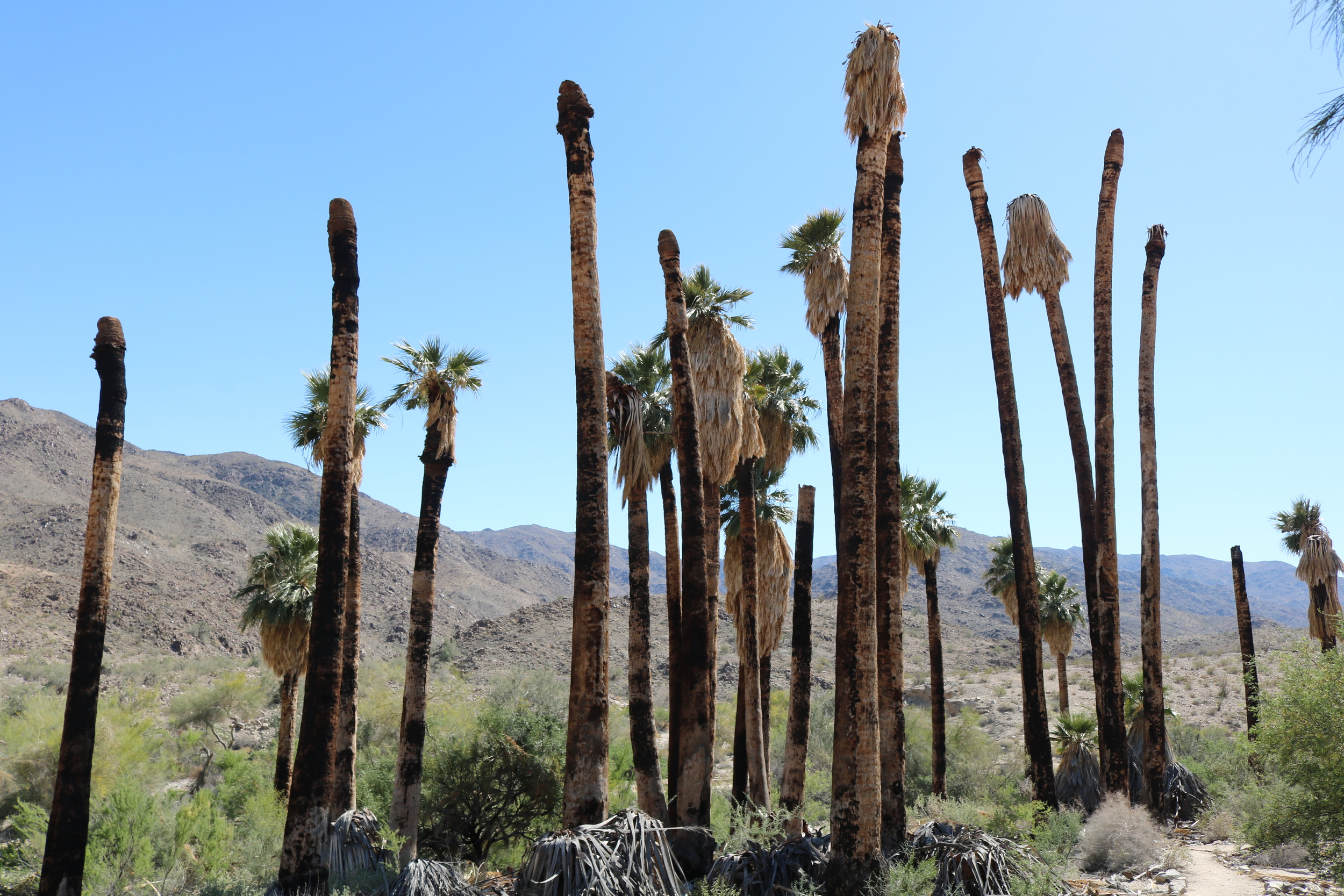
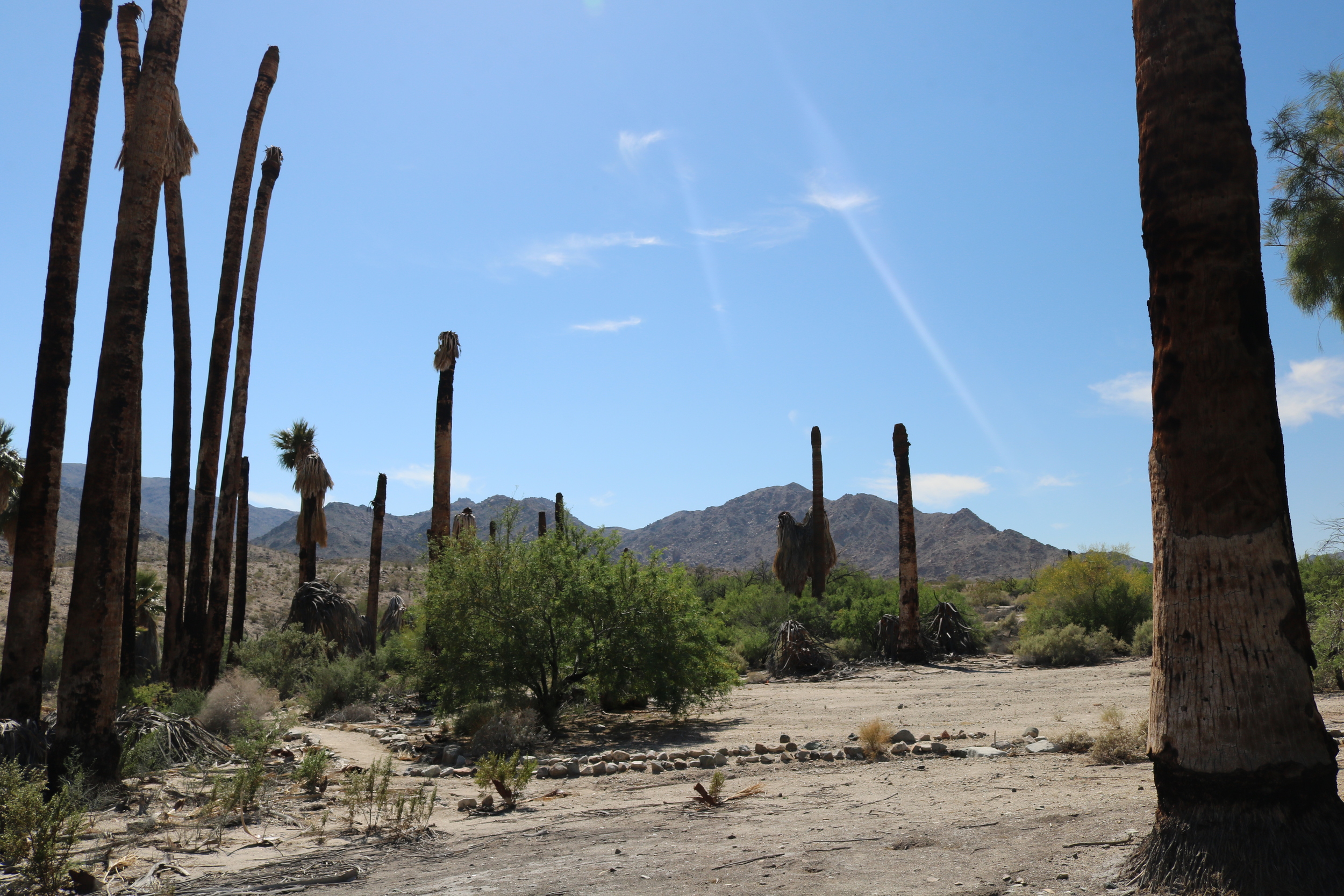

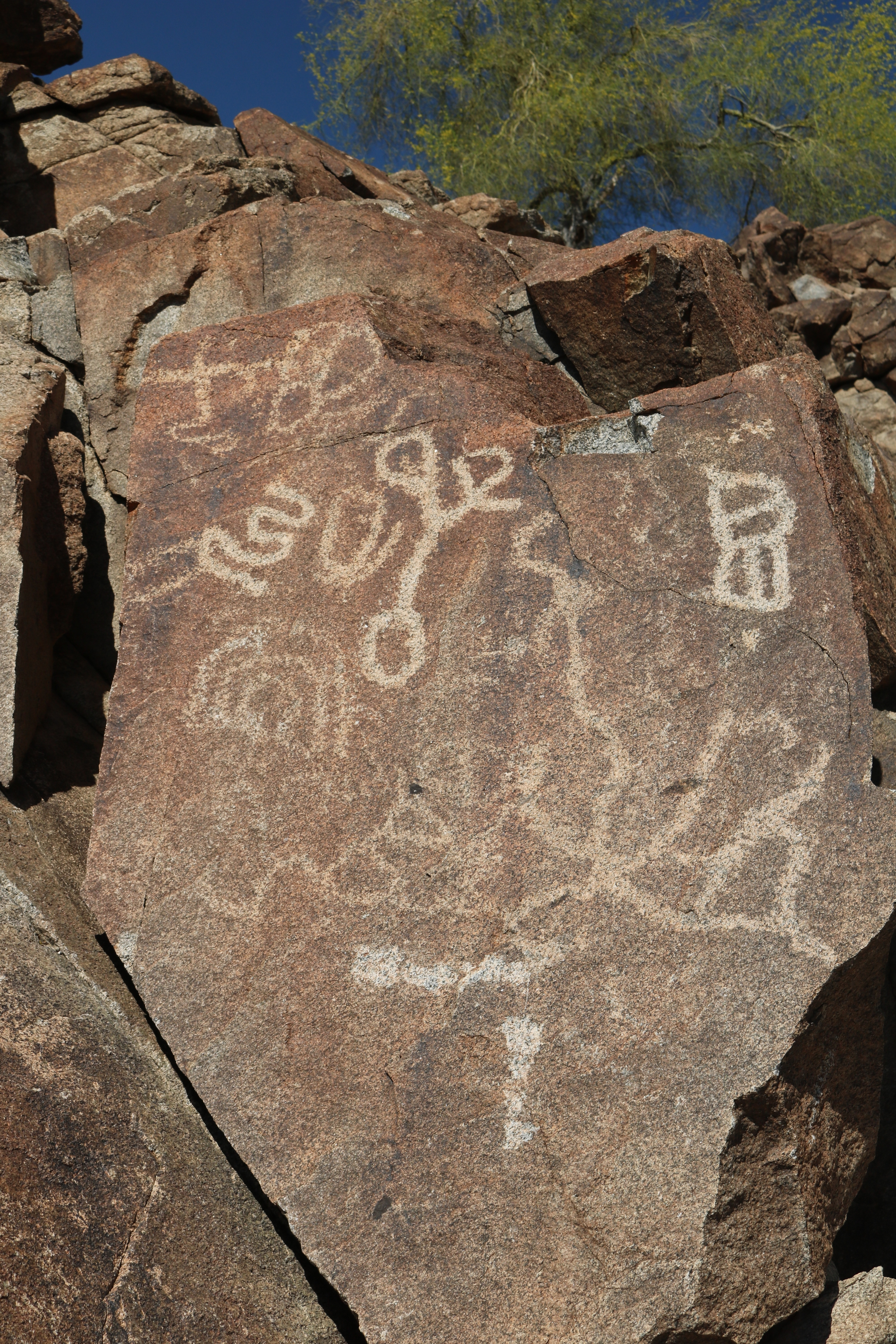
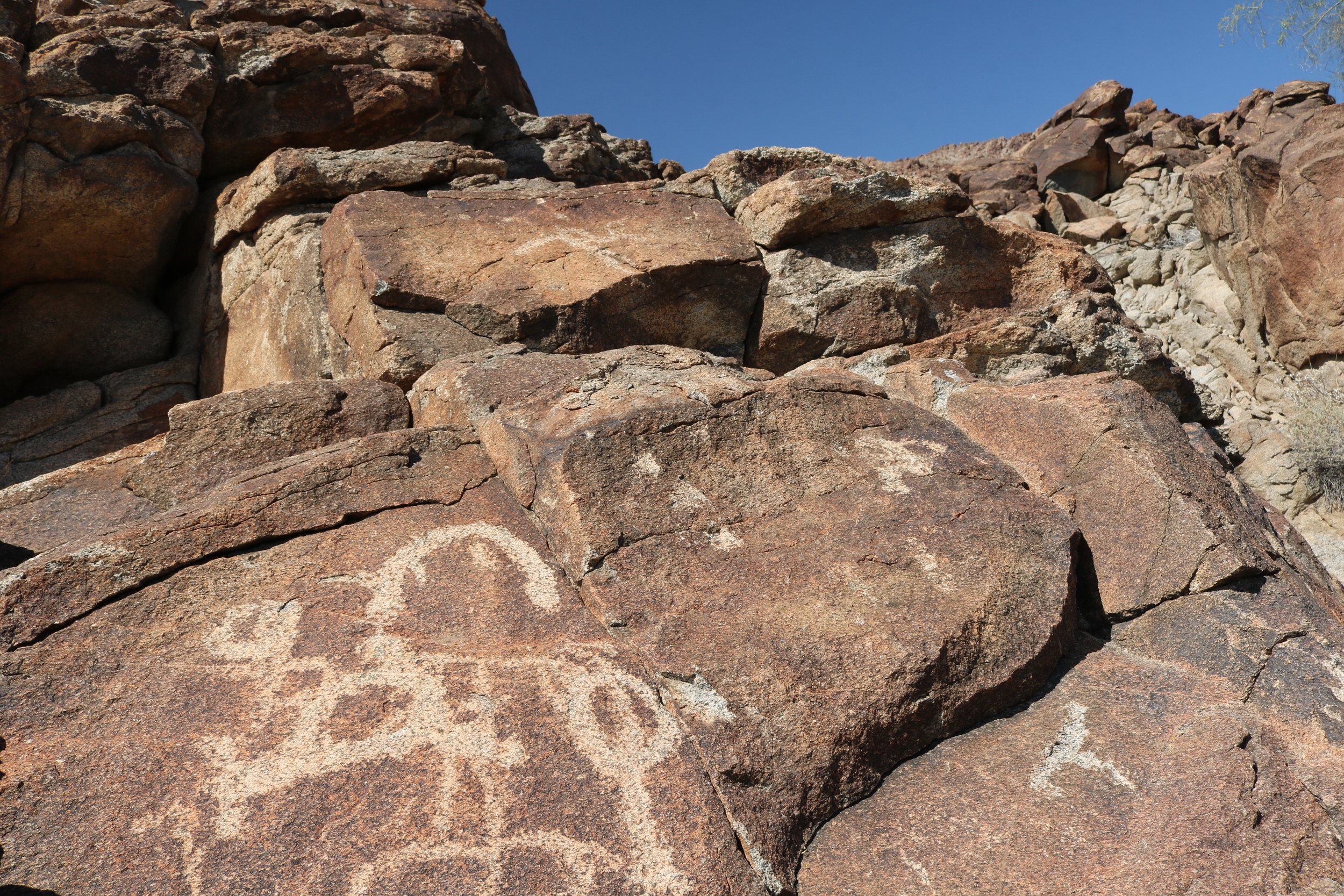

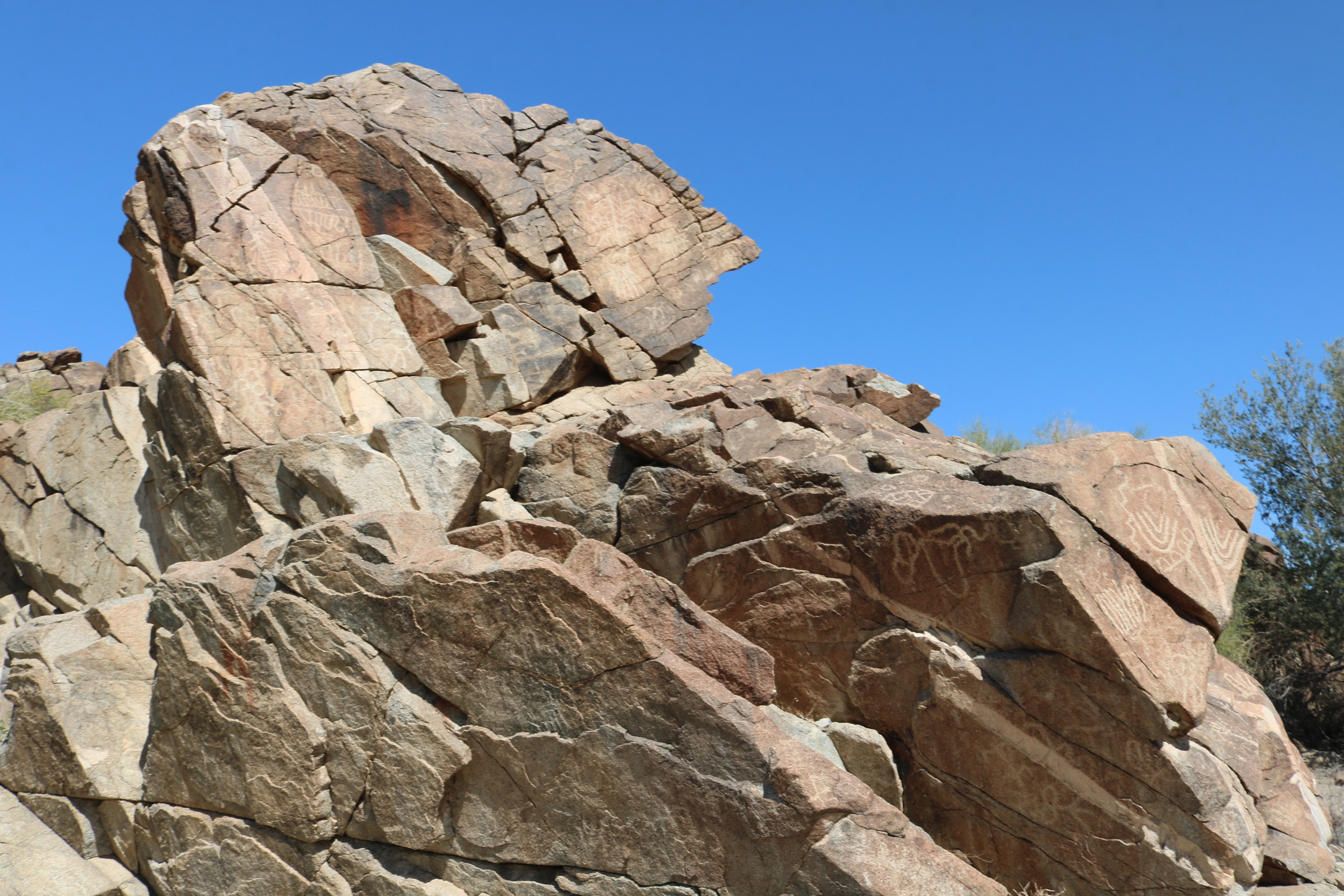
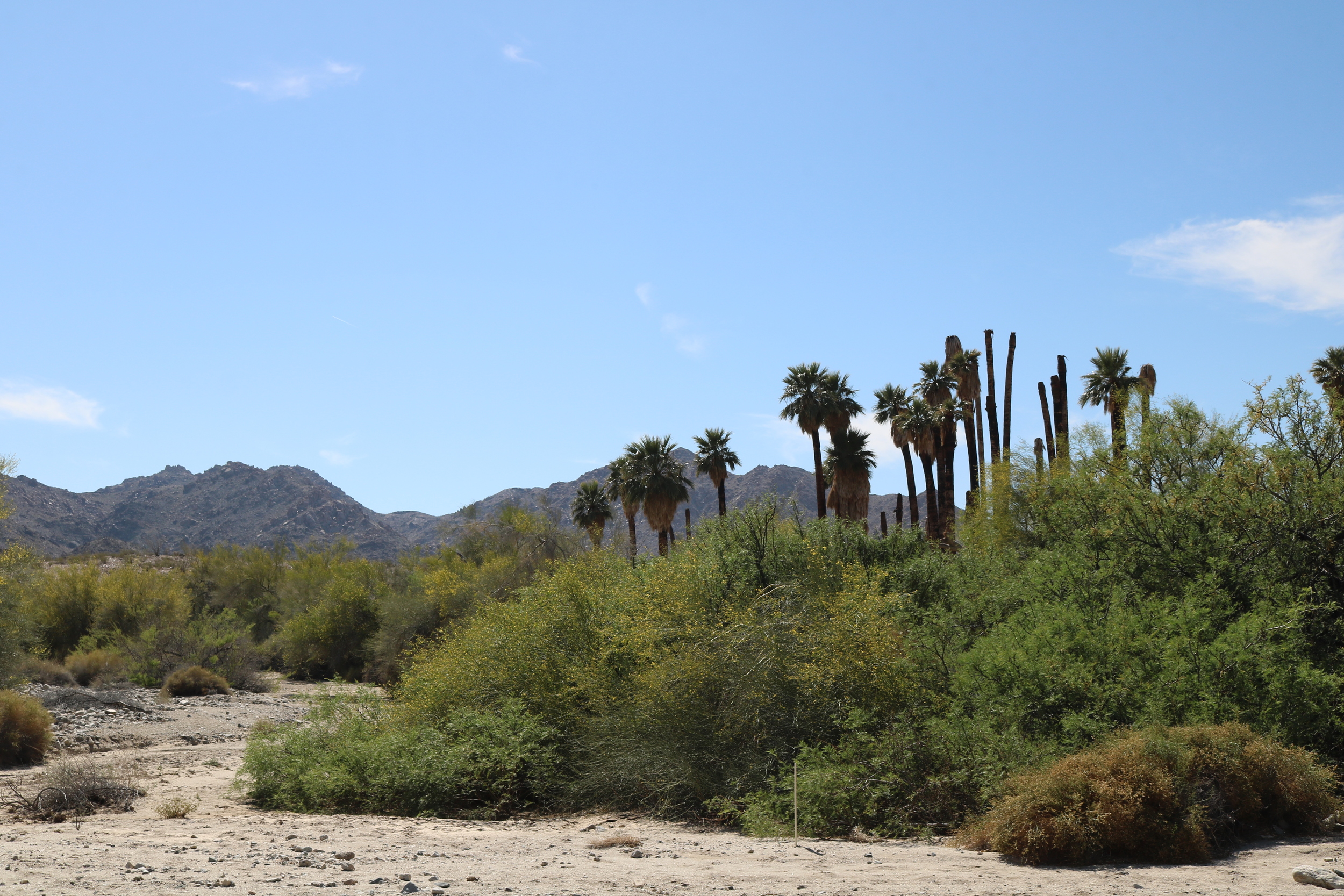
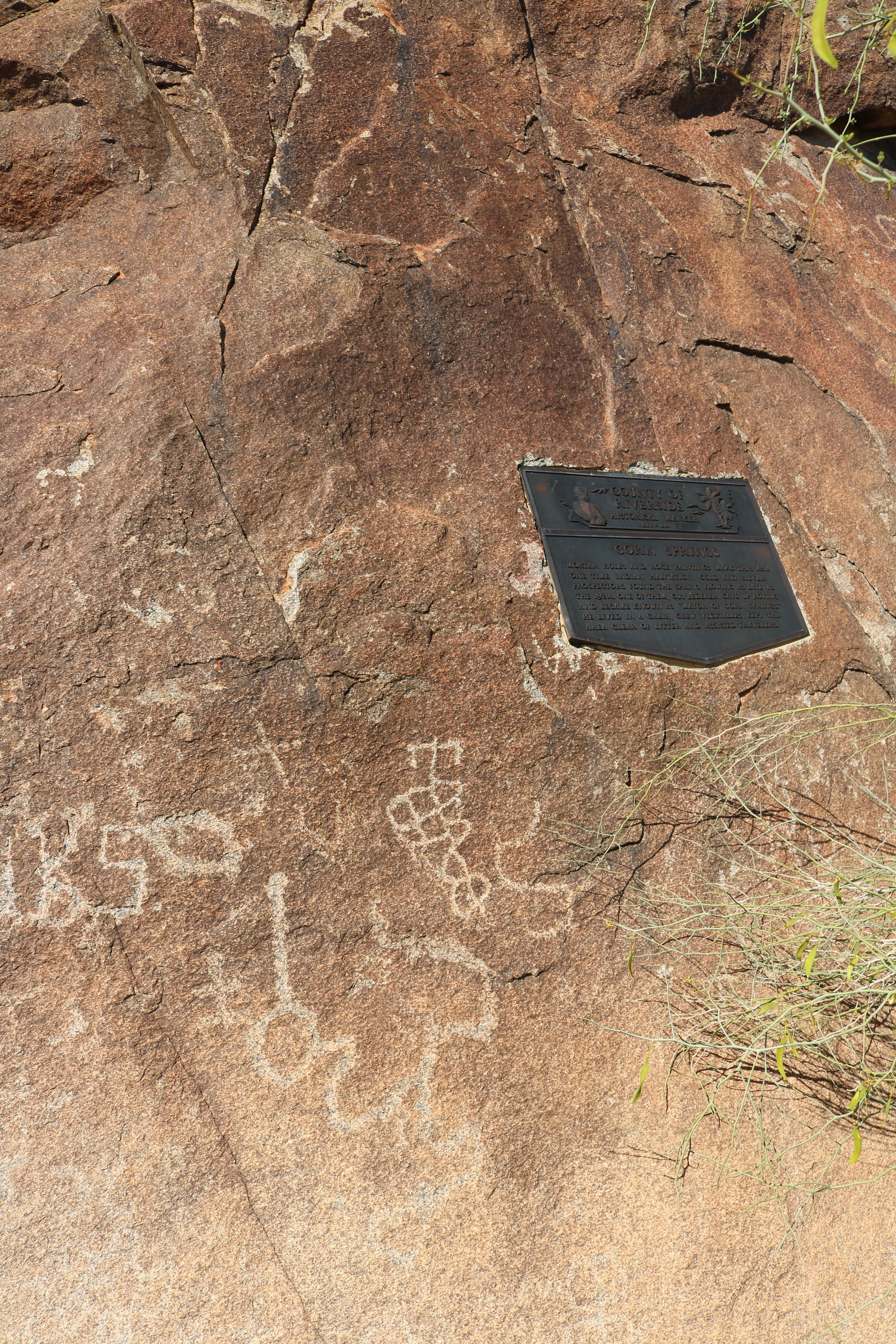
Corn Springs was named by nineteenth century settlers, who upon discovering the area found feral corn growing in and around the spring. Although the area was new to miners and settlers, it had in actuality, been a location for human habitation for thousands of years by the Chemehuevi, Desert Cahuilla and Yuma bands of Native Americans, who left petroglyphs on and around the rocks surrounding the spring. Much later, from 1915-1932, the area was inhabited by Gus Lederer, who called himself “the Mayor of Corn Springs”, and who provided water to passing travelers. As an interesting aside, Lederer was a big fan of the roaming burros of the region, for which he cooked pancakes for on a regular basis. On a sad note, Lederer died at Corn Springs from a black widow spider bite, and was buried three miles from the current campground at Aztec Well.
Today, the area is operated by the Bureau of Land Management (BLM), and Corn Springs has been designated as an area of crucial environmental concern (“ACEC”), which means that the plants, animals, and Native American rock art and archeological sites in the region are all protected items. At Corn Springs proper (the oasis), there is a stand of fan palms (which has seen better days), and a small BLM campground that provides seclusion and limited water. There is also an interpretive trail that goes through the campground and up the canyon past most of the rock art.
Directions: Corn Springs is located approximately halfway between Indio, California, and Blythe, California off of the Interstate 10. From Interstate 10, visitors will want to take Exit 201, which is the same on both the eastbound and westbound sides of Interstate 10. Upon exiting the freeway, travelers will want to head East to Chuckwalla Valley Road, and make a left turn, and head North. After traveling .1 miles on Chuckwalla Valley Road, the turn to Corn Springs will be readily apparent and is well-signed. From this point, the road to Corn Springs is on an eight mile unpaved road. When I drove it in 2016, the road was in good condition, and passable by all types of vehicles. Having said that, this is a very remote area, which means that visitors should be prepared for any and all road and outdoor conditions.
Tips: As Corn Springs is located in a remote area of the Colorado Desert and Chuckwalla Mountains, visitors should have a proper amount of water and supplies. From May through September, the area regularly experiences daytime temperatures in excess of 100 degrees. With respect to the Native American rock art, most of the art is located just to the west of the BLM Campground. Unfortunately, the first panel near the road has been defaced by modern art and or graffiti. However, the bulk of the rock art, some of which is more than 10,000 years old, is located along the nearby wash, and as of 2016, was unspoiled. Visitors should be aware that this area is protected, and should exercise caution and respect for the archeological history present.
Separately, Corn Springs is a great secluded area to camp, as there are only nine sites. As it is remote, it is a first come, first served campground, reservations are unavailable. In 2016, the fee to camp at Corn Springs is $6.00 – which is quite reasonable. In addition to the interpretive trail near the campground, the area has other areas to explore, including the dirt road which leads further into the mountains. A mile from the campground is an old mining cabin that is relatively maintained, and has been used as a local museum of sorts. There also may be the remains of old mines near the area, although when I visited, I was not able to find them during the time I had. I did find a large pile of bones outside the cabin, which was interesting (or creepy, depending on your perspective). Everything about Corn Springs - the solitude, the history and more makes this a great place to visit that is a little off the beaten path, but worth exploring.
